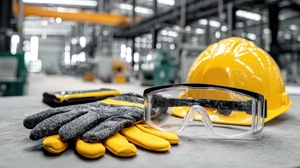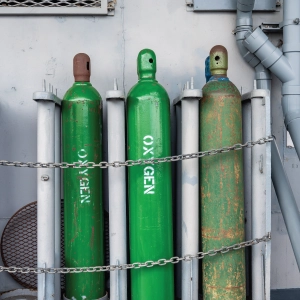Fall Protection: The Difference Between Life and Death
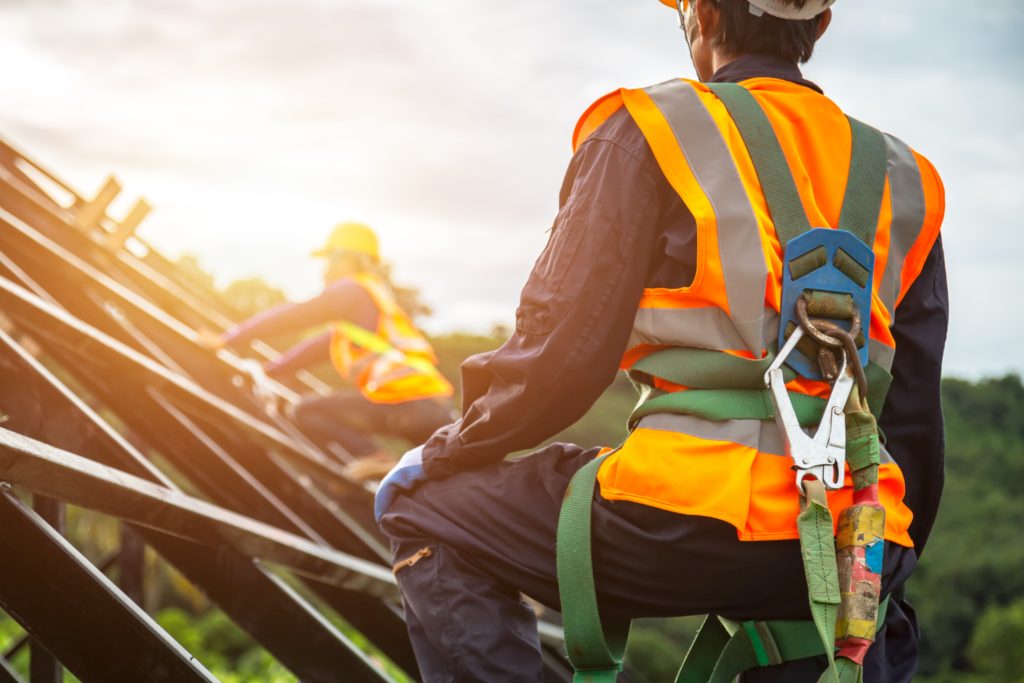
Today’s employers have a range of fall protection measures, processes, procedures, and equipment to safeguard employees working at heights or close to holes in the ground. The Occupational Health and Safety Administration (OSHA) has also provided a range of regulations for fall protection. In a time when people have such extensive means of protecting workers against falls, why do we have so many work-related injuries and casualties attributed to a failure to implement fall protection measures? The Bureau of Labor Statistics (BLS) reported 887 fall-related workplace fatalities in 2017 and 791 fall-related workplace fatalities in 2018. While the transportation industry is the leading cause of workplace fatalities due to motor vehicle accidents; slips, trips, and falls are attributed with approximately 15 to 18 percent of workplace fatalities. Worker fatalities based on occupational analysis reveals roofers and structural iron and steel workers to be amongst the top 10 occupations with worker fatalities, contributing to deaths caused by falls. As such, while the decreasing rates are encouraging, there is still much room for increased adoption of fall protection in industries such as construction and mining.
OSHA’s Fall Protection Standard
Continuing its focus on ensuring the safety and health of workers, OSHA addresses the need for fall protection in its construction industry-standard 29 CFR 1926. The standard dedicates Subpart M to recommend guidelines for fall protection in the construction industry. One of the key mandates is to install and provide fall protection measures when employees work above
- four feet in general industry workplaces,
- five feet in shipyards,
- six feet in the construction industry,
- eight feet in long shoring operations, and
- 10 feet over the lower level when working on scaffolding.
Besides, the standard requires protection to be provided to workers from “falling objects, falls from tripping over or falling through holes and when walking around dangerous equipment regardless of the height”(OSHA, 2015, pp 1). OSHA in its publication Fall Protection in Construction said, “falls are the leading cause of fatalities in construction, accounting for about one-third of all fatalities in the industry”(2015, pp 1). Addressing this issue, OSHA further states that it is an employer’s responsibility to access the workplace for possible causes of falls, by regularly checking working surfaces and other temporary work structures to ensure structural integrity and the use of fall protection measures to protect workers' safety and health.
Applying the Fall Protection Standard
The standard applies to construction work and activities where workers work
- on runways, ramps, or walkways;
- at the edge of an excavation;
- in a hoist area;
- on a steep roof;
- on or close to wall openings;
- on surfaces with holes including skylights;
- near unprotected sides or edges of elevated platforms or half-constructed buildings; and
- on the face of formwork and reinforcing steel.
The standard also applies when workers are undertaking certain tasks such as
- laying out roofing,
- constructing a leading-edge,
- performing overhand bricklaying,
- undertaking residential construction, or
- precast concrete erection.
Some tasks require workers to work over dangerous machinery, equipment, hazardous liquids, or chemicals. These include such items as open drive belts, gears, chemical vats, boiling water, or pulleys. In this case, irrespective of the fall distance, OSHA requires employers to install fall protection measures and provide personal fall arrest systems to employees as appropriate.
How can Employers Reduce Falls?
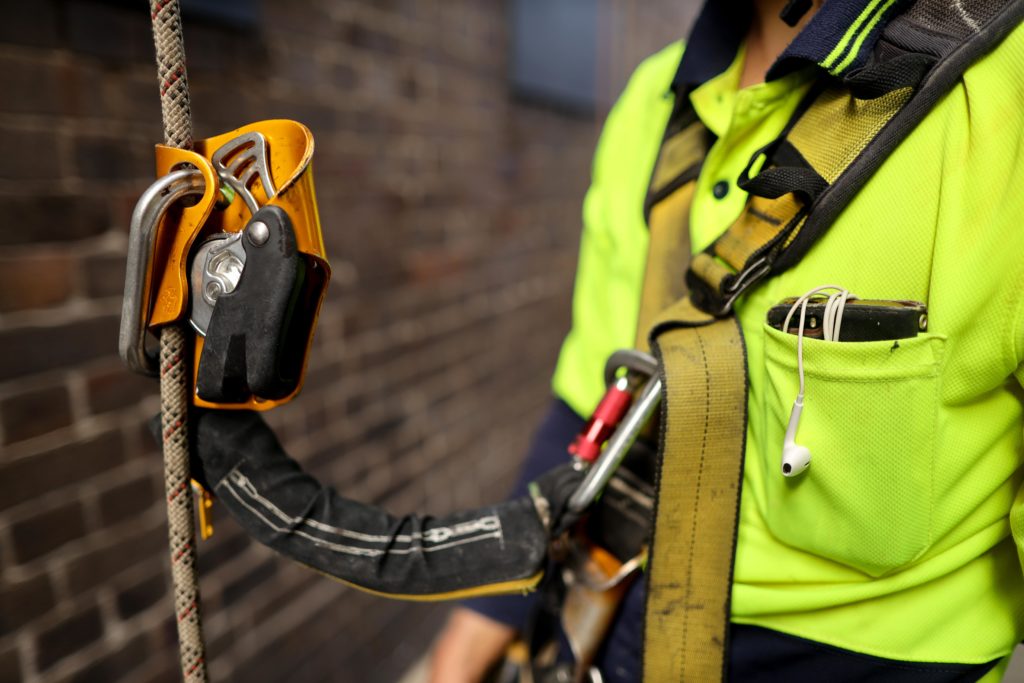
By installing fall protection measures
First, employers should identify fall hazards and decide how to provide the best protection. Some of the OSHA fall protection recommendations that have helped increase the safety of workers and made the difference between no injury, minor injury, and major injury or fatality are listed below.
- Guardrails
- Railings
- Floor hole cover
- Toe-board
- Safety harness
- Safety lines
- Safety nets
- Personal fall protection systems as explained in Subpart I of the standard
- Stair railings
- Handrails
By utilizing these fall protection mechanisms, employers can ensure that open holes in the ground or at heights are guarded, open ends on elevated platforms are barricaded, and equipment used such as ladders and other elevated platforms are structurally sound. These protective measures will also establish workplace fall protection protocols and help employers to decrease the probability of accidents resulting from falls.
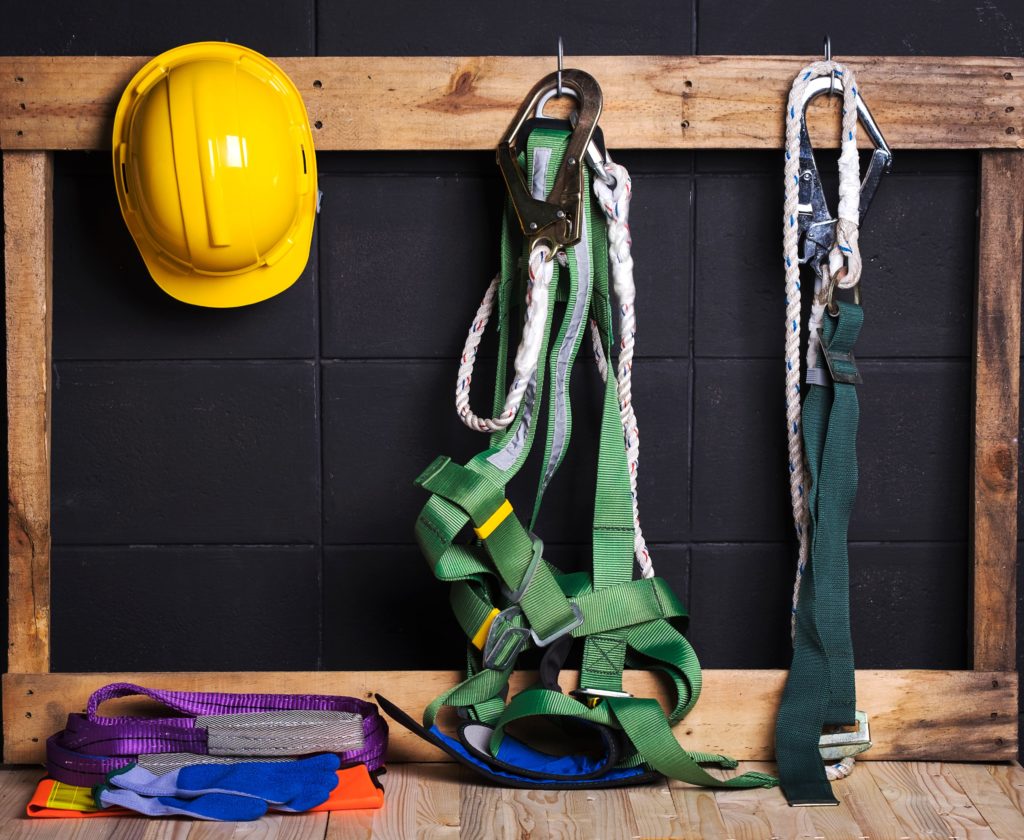
Fall protection measures to safeguard employees
Some measures employers may utilize to protect employees from being injured from falls are listed below.
- Keeping worksites free of known dangers.
- Keeping the ground at worksites free of objects resulting in tripping.
- Keeping floors clean and in a dry condition.
- Providing workers with personal protective equipment (PPE).
- Guarding every hole on the ground to prevent workers from accidentally walking into it.
- Installing guardrails around elevated open-sided platforms or walkways.
- Protecting workers carrying out tasks at high levels (such as repairs or bricklaying) by installing guardrail systems or safety nets and providing them with personal fall arrest systems.
- Protecting workers carrying out risky or dangerous tasks at high levels (such as roofing work on low-slope roofs) from falling by using guardrail systems, safety net systems, personal fall arrest systems, a warning line system, and a safety monitoring system.
- Installing and using additional protective systems such as stair railings, handrails, warning line systems, controlled access zones, and safety monitoring systems as and when required.
By providing fall protection training to workers
The second method is by training employees. It must be noted that OSHA also mandates employers to impart fall protection training to employees to make them aware of workplace hazards and prevent construction-related injuries and accidents. Training is needed so that employees can identify, predict, prevent, and stop fall hazards at a worksite. Employers are obligated to provide both book learning and field training to ensure employers grasp the varying aspects of fall prevention measures. Training can take place on the worksite or in a facility with a competent trainer. Alternatively, employers can impart fall protection online training to workers so they can learn at their own pace, anywhere, anytime.
One such training is online training for fall protection. The Competent Person for Fall Protection Training course offered by HAZWOPER_OSHA is aimed at
- Understanding OSHA regulations relating to fall protection.
- Knowing the responsibilities of a competent person for fall protection.
- Identifying the three major types of fall protection systems.
- Understanding the requirements for the safe and effective use of a personal fall arrest system and its various components.
- Calculating the total fall clearance distance for a personal fall arrest system.
- Understanding the six steps for donning a full-body harness.
- Comprehending OSHA’s regulatory requirements for the safe use of ladders and stairways.
- Understanding the importance of pre-operation inspection of the vehicle and lift components while using an aerial lift in terms of worker safety.
An important element of fall protection training is to ensure that workers know how to use and inspect personal fall protection equipment and fall arrest systems. They must be trained to use, store, inspect, and clean the equipment to ensure its long-term sustainability. Particular attention should be given to identifying attachment points of personal fall protection equipment and fall arrest systems to ensure safety.
Inspecting Fall Protection Equipment Before Every Use
According to OSHA’s construction standard - 1926.502(d) (21), all fall arrest systems used at the construction site should be inspected thoroughly before every use for wear and tear, and other damages. Defective components should be immediately replaced. Besides this, a competent person, a government, or a private agency recognized by the U.S Department of Labor should inspect the equipment every six months.
Business owners must keep a record of these inspections and on every corrective action taken. Reviewing every piece of the fall protection systems used at the worksite can significantly reduce the risk of injuries or fatality.
Conventional Fall Protection Systems Vs. Site-Specific Fall Protection Plan
OSHA assumes that using conventional fall protection systems such as guardrails, personal fall arrest systems, or safety nets is adequate for the safety of workers except in some exceptional circumstances when a site-specific fall protection plan is required by an employer. OSHA has identified three situations when an employer may be required to use a site-specific fall protection plan that complies with 29CFR 1926.502(k).
- During leading-edge work.
- When workers are undertaking precast concrete erection.
- During residential construction.
Reference:
OSHA. (2015). Fall Protection in Construction [PDF]. Website. https://media.hazwoper-osha.com/wp-content/uploads/2020/02/13193547/OSHA3146.pdf

 EN |
EN |  ES
ES













